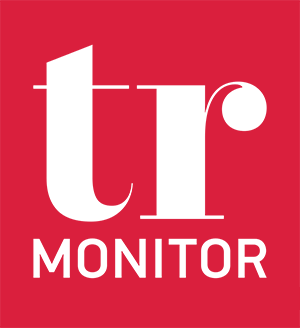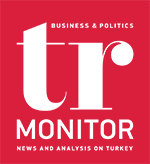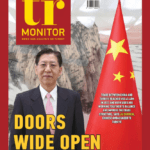When I sat down to write the first article of the year, hoping for a good year, I was thinking about “which topic to write about” when the -old- professional deviation prevailed: I decided to briefly evaluate the Central Bank’s 2024 Monetary Policy Report.
I was wondering what the report would say about the inflation target. Unfortunately, it only underlines the medium-term target of 5 percent. There is no explicit target for 2024 or 2025. However, these targets are important for shedding light on the likely path of inflation over the next three years, so that variables such as wages, interest rates and prices can be easily determined in future contracts. Provided, of course, that a proper economic program is in place to achieve those targets. Instead of short-term targets, forecasts to be announced in inflation reports can be used as intermediate targets. Emphasizing that inflation forecasts can be used as targets in the absence of explicit targets is of course positive. But there is a possibility that those forecasts will be updated in every inflation report, and that possibility is not small. In this sense, there will be changing interim targets; the strength of the light will weaken.
The second element that caught my attention is the emphasis on the one-week repo auction rate as the policy rate. As I mentioned earlier, the Central Bank has not been a net lender (liquidity) to banks through Open Market Operations since about July. On the contrary, it has been net borrowing from banks. If this situation, which is clearly stated in Article 36 of the report, is to continue in 2024 and there is no other market where the Central Bank provides liquidity to banks, the policy rate should be the interest rate for borrowing from banks, which forms the lower bound of the interest rate corridor.
It does not specify how long the liquidity withdrawal may last. Instead, it emphasizes that the Central Bank may periodically withdraw liquidity from banks. Therefore, if liquidity withdrawals were to occur only in periods that would not last long, the repo rate could have been the policy rate if no other market had been created to provide liquidity to banks. However, as stated in the same article, the Central Bank provides liquidity to banks by buying foreign currency from banks through swap transactions. I have already analyzed this issue in detail and explained why the swap rate, which has a longer maturity, should be the main policy rate.
Some friends argue that the repo rate is the policy rate based on the close relationship between the reference rate and the repo rate in the BIST market where banks trade short-term funds with each other. This would of course be true if there were no other market. However, there is another market with a much larger volume – the swaps market – and the interest rate there is the main determinant of banks’ short-term funding costs. In order for the policy rate to affect supply and demand, and hence inflation, it needs to affect banks’ cost of funds and thus be an important determinant of loan and deposit rates. Obviously, under current conditions, it is the swap rate that does this. We do not know the swap rate either. The report does not provide any information on this.
The third remarkable point is that Article 49 states that “In 2024, the floating exchange rate regime will be maintained and exchange rates will continue to be determined according to the supply and demand balance under free market conditions”. This is not good. Because the exchange rate has not been determined under market conditions for some time. Attention: I am not stating that this is ‘good’ or ‘bad’; I am just underlining a fact. Moreover, there is nothing ‘shameful’ about trying to control the exchange rate. However, what really unpleasant is to say that something that ‘does not exist’ exists.







